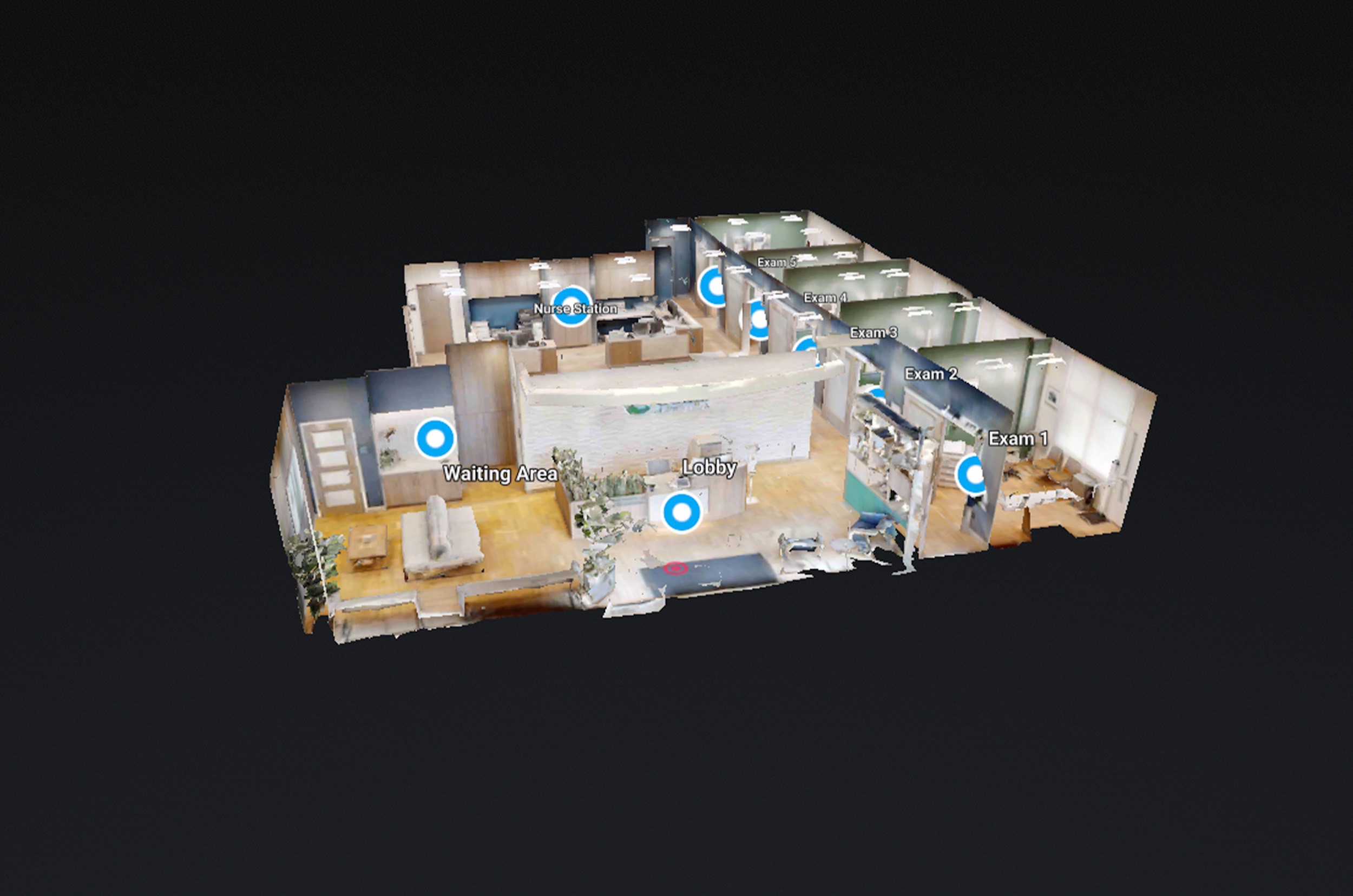In today’s digital age, online university curation has become an essential aspect of campus life. With the rise of online and hybrid learning, universities are seeking innovative ways to showcase their campuses and provide students with a more immersive and interactive experience.
One revolutionary solution is the use of 360 virtual tours, which have transformed the way universities curate their campuses. In this blog, we’ll delve into the world of 360 virtual tours and explore their potential to revolutionize online university curation.
Campus Storytelling: Bringing History to Life
360 virtual tours can be used to curate the campus experience by telling the story of a university’s history and legacy. By incorporating interactive elements, such as hotspots, videos, and audio clips, 360 virtual tours can bring campus landmarks, buildings, and artifacts to life. This can include virtual tours of historic buildings, museums, and cultural institutions, providing students with a deeper understanding of the university’s heritage.
Campus Resources: A Virtual Guide
360 virtual tours can also be used to curate campus resources, providing students with a virtual guide to campus facilities, services, and amenities. This can include virtual tours of libraries, student unions, recreational facilities, and student organizations. By providing a virtual guide, universities can help students navigate campus life, reducing anxiety and increasing confidence in their academic journey.
Campus Culture: Immersive Experience
360 virtual tours can be used to curate campus culture, providing students with an immersive experience of university life. This can include virtual tours of campus events, such as concerts, festivals, and sporting events. By incorporating interactive elements, such as live streaming and social media integration, 360 virtual tours can bring campus culture to life, providing students with a sense of community and belonging.
Faculty and Staff: A New Perspective
360 virtual tours can also be used to curate the experience of faculty and staff, providing a new perspective on campus life. Virtual tours can be used to showcase new buildings or renovations, highlighting features and amenities for staff and faculty. This can include virtual tours of research facilities, administrative offices, or student services.
Marketing and Recruitment: Showcasing the Best
360 virtual tours can be a powerful marketing tool, showcasing the best of what a university has to offer. By providing a virtual tour of campus facilities, events, and attractions, universities can attract prospective students and highlight their unique strengths and offerings. This can include virtual tours of athletic facilities, student organizations, or campus life.
Conclusion: 360 virtual tours have the potential to revolutionize online university curation, providing a more immersive, interactive, and engaging experience for students, faculty, and staff. By incorporating interactive storytelling, accessibility features, and marketing opportunities, 360 virtual tours can bring campus environments to life, promoting campus culture, inclusivity, and community.
As online education continues to evolve, the use of 360 virtual tours will play a crucial role in shaping the future of online university curation, providing a new standard for university marketing and recruitment.







